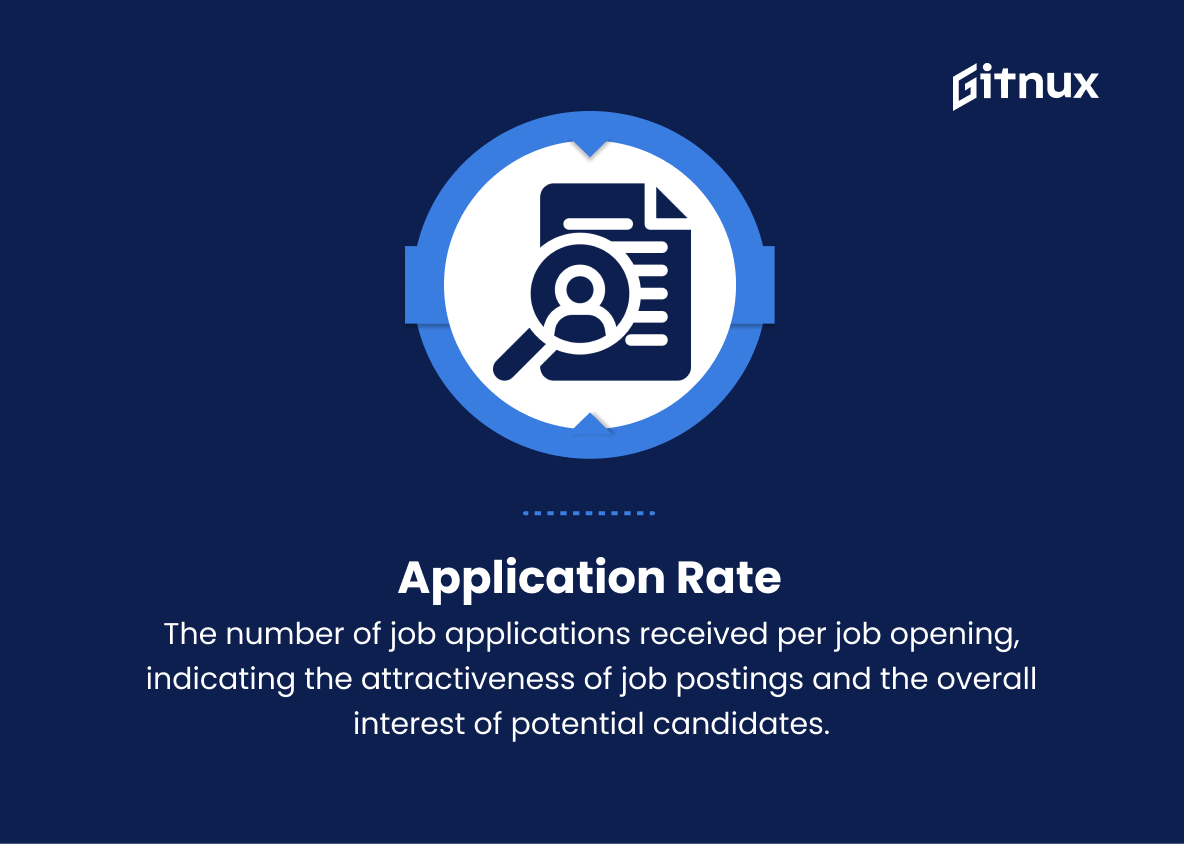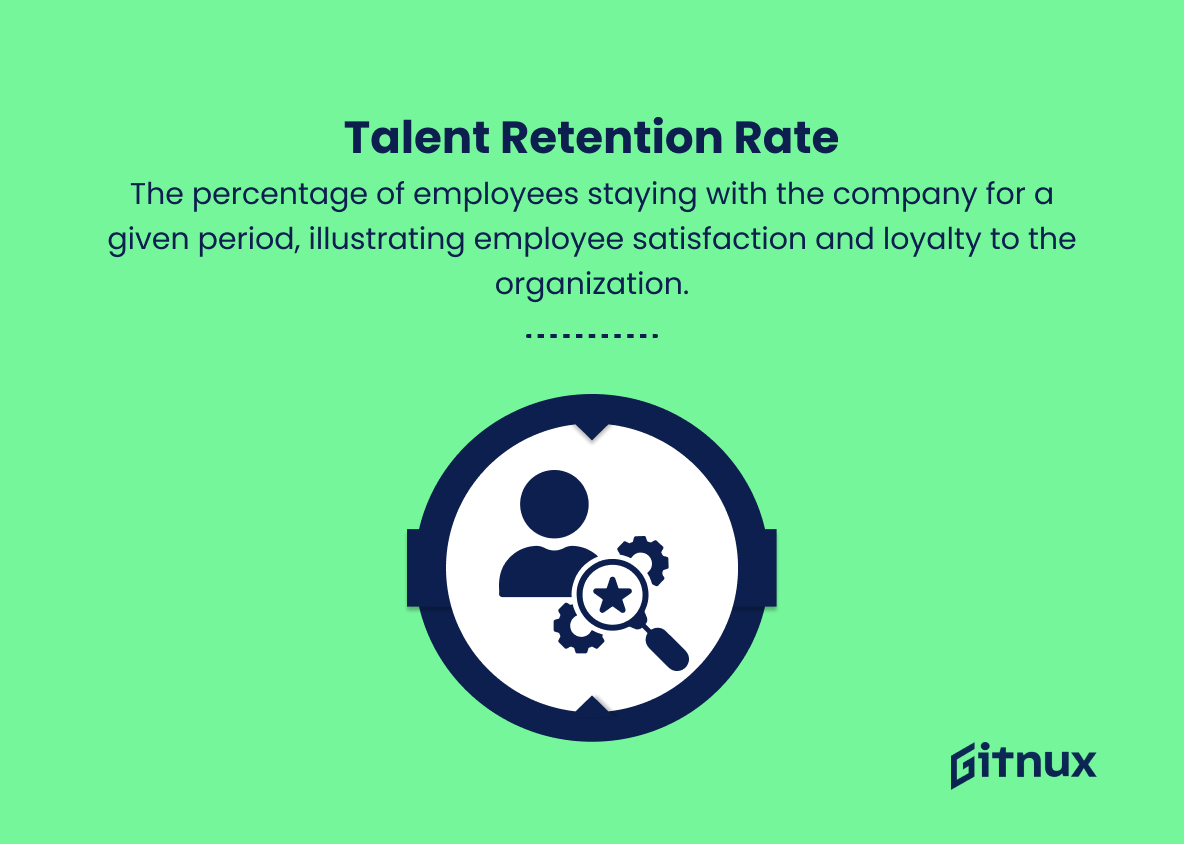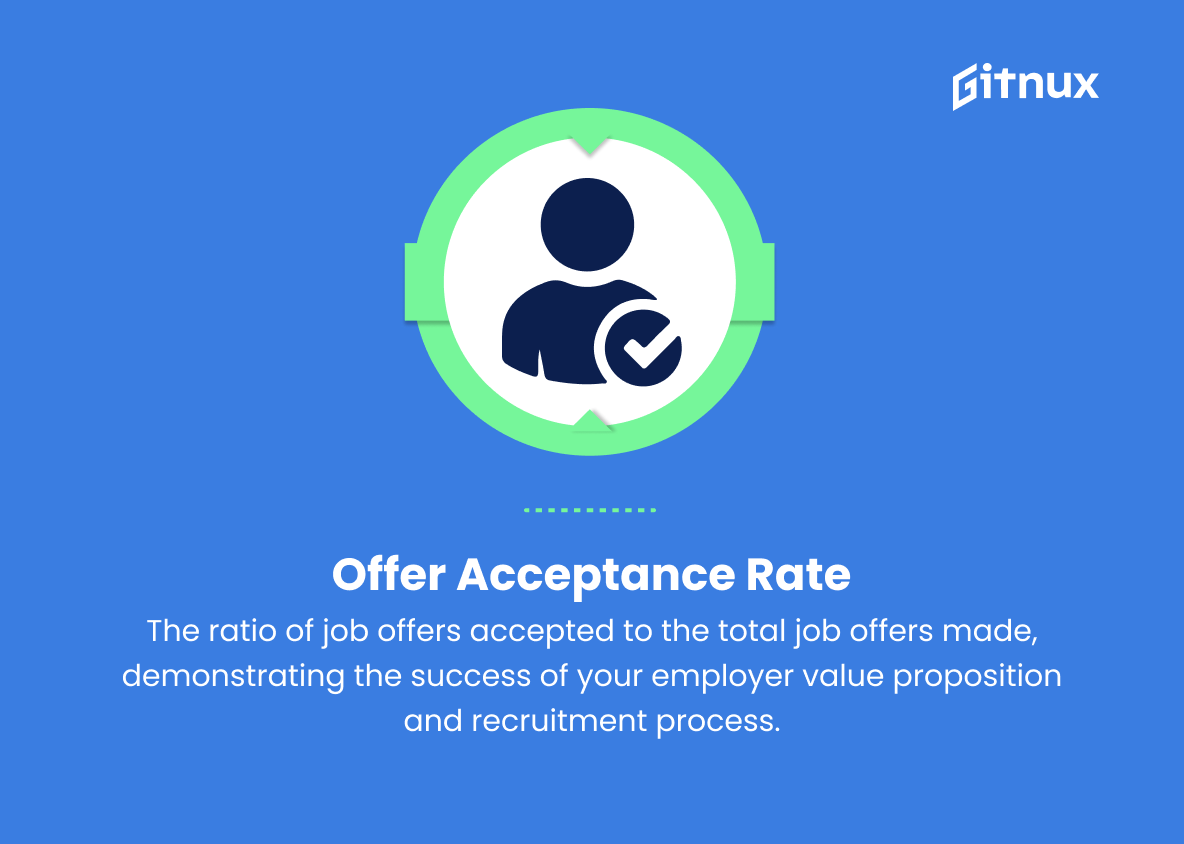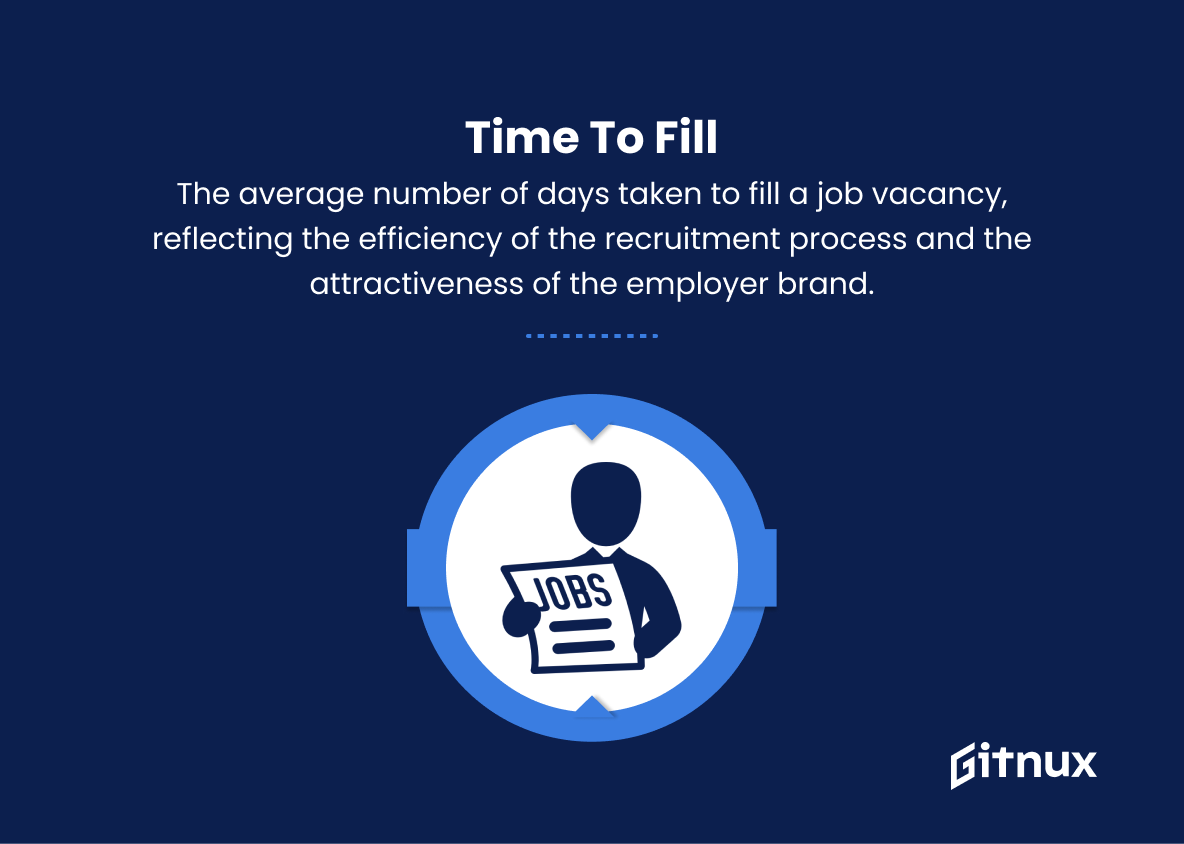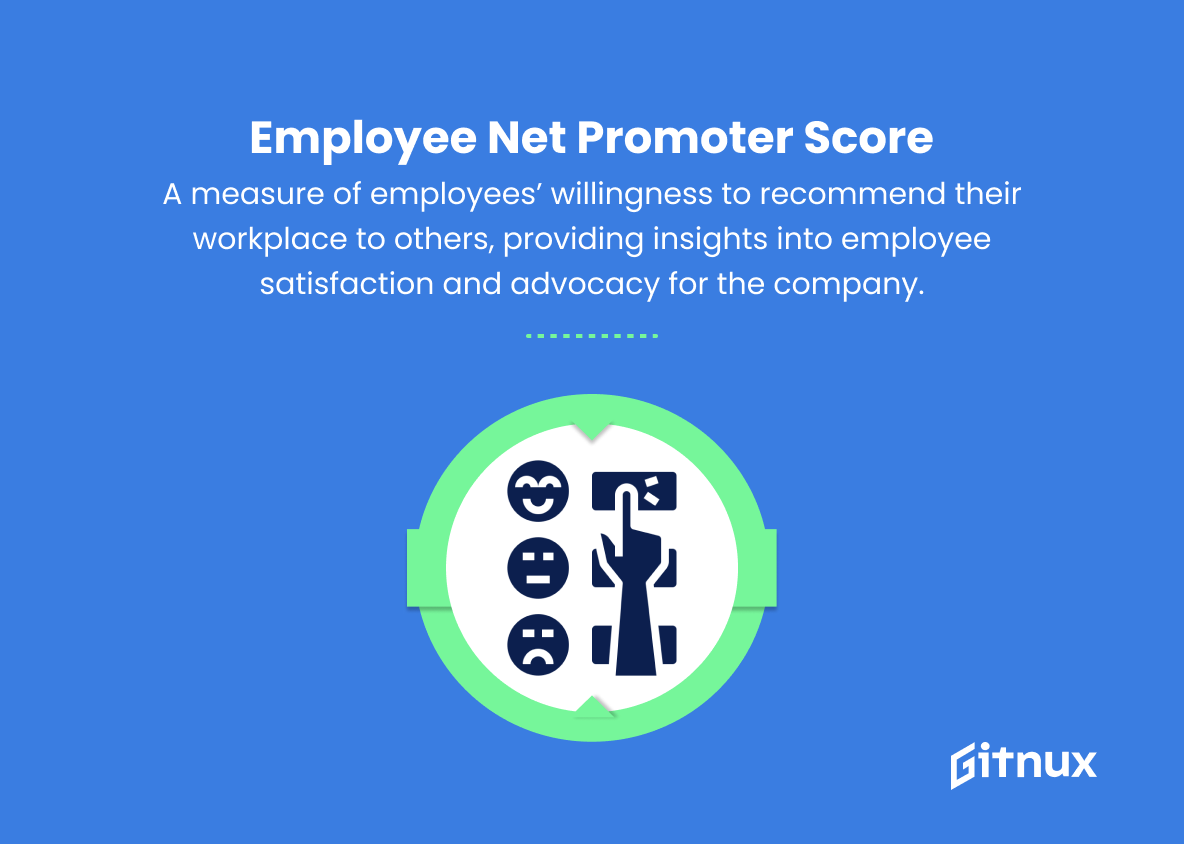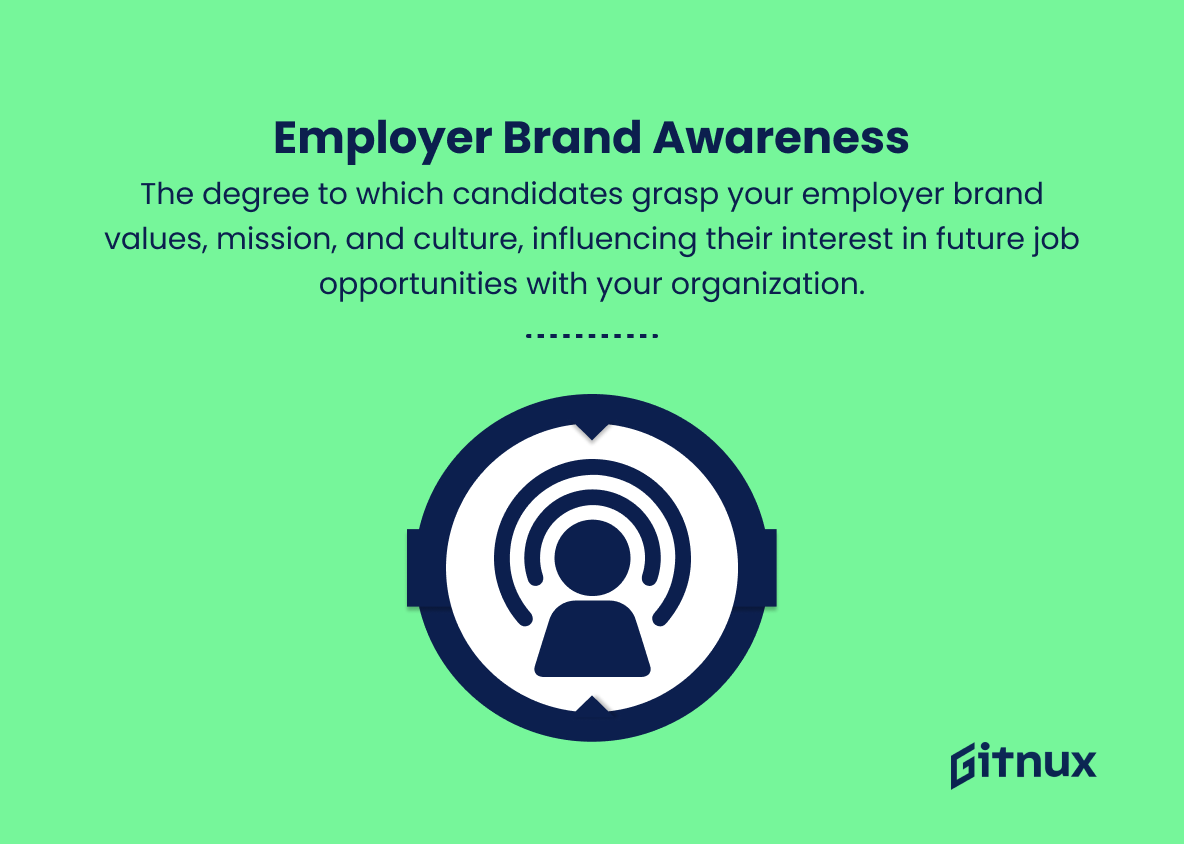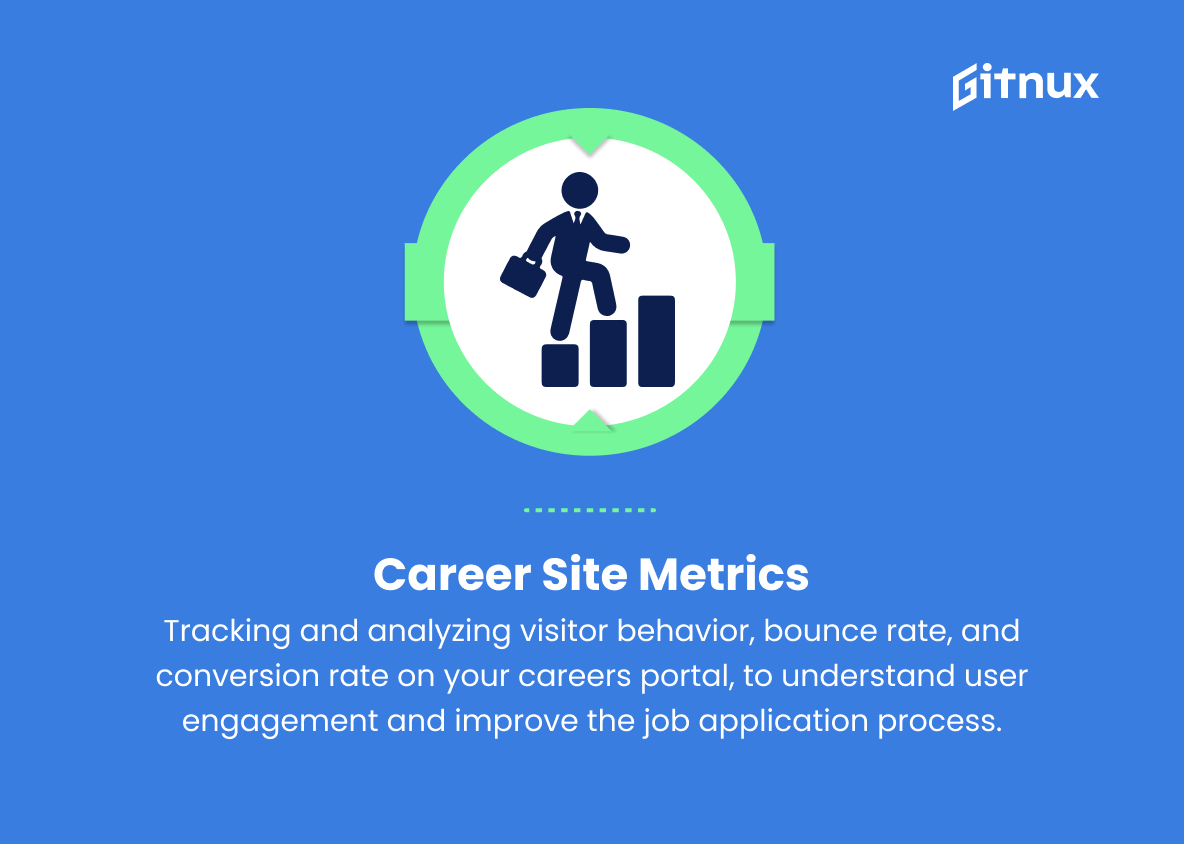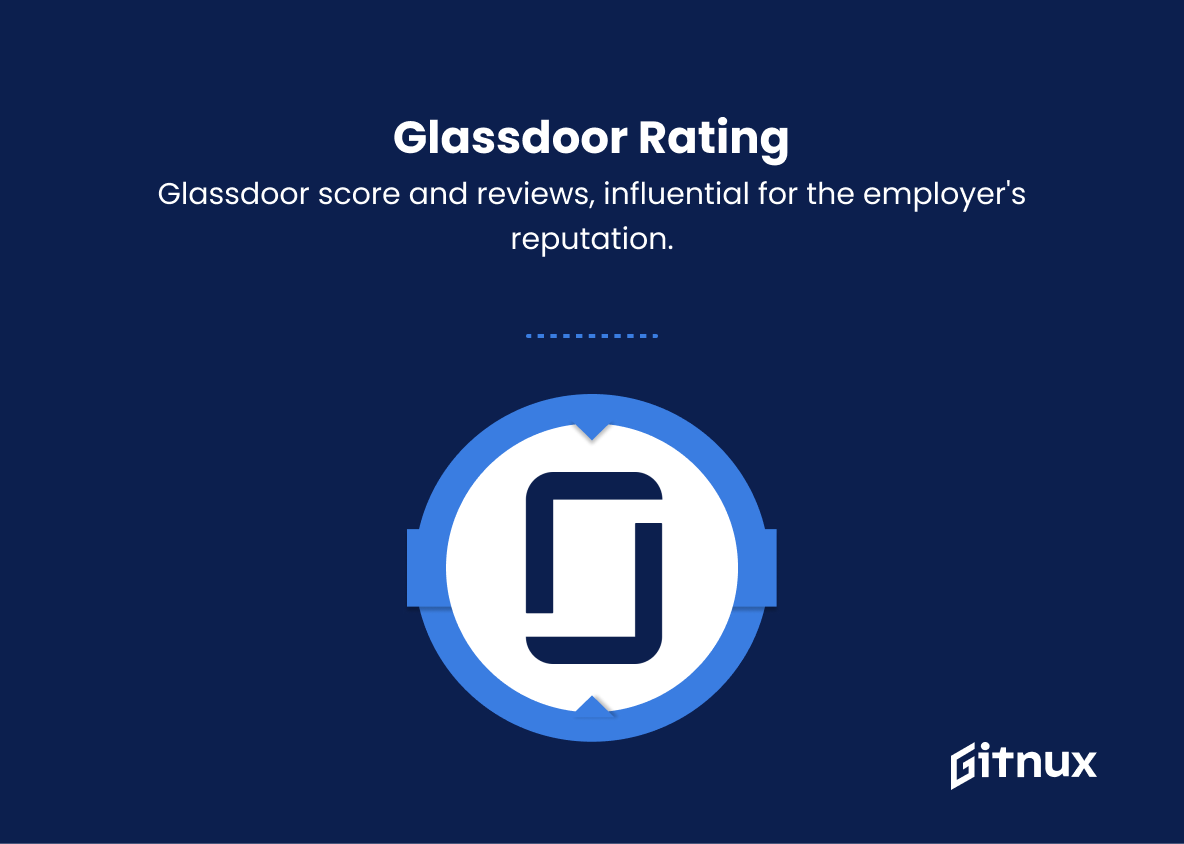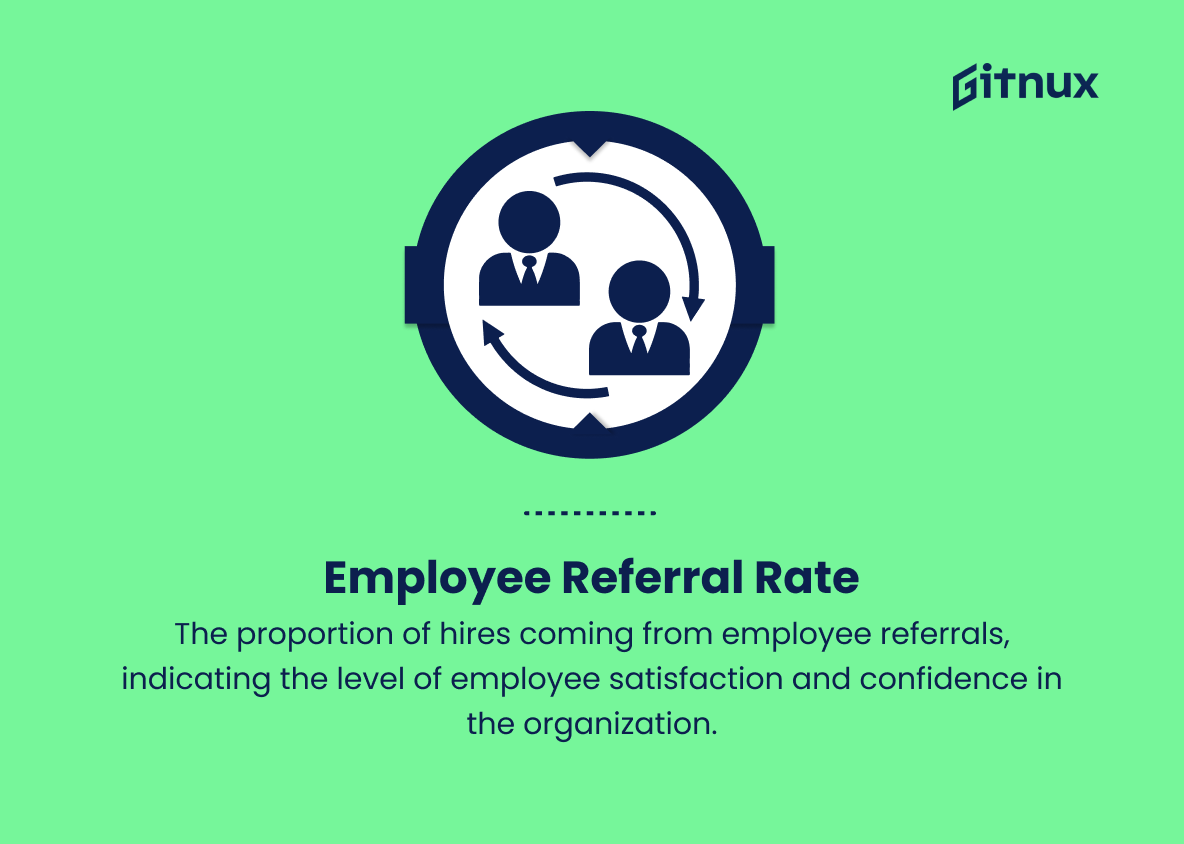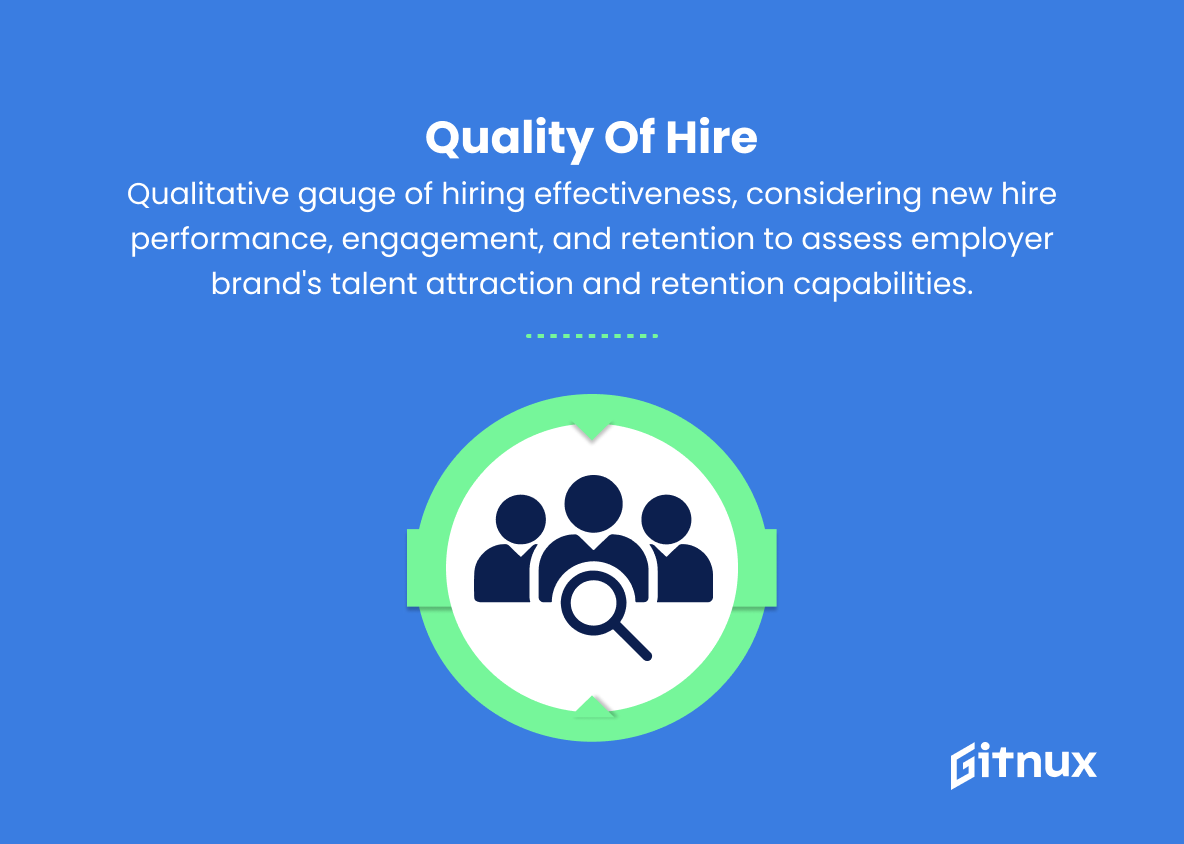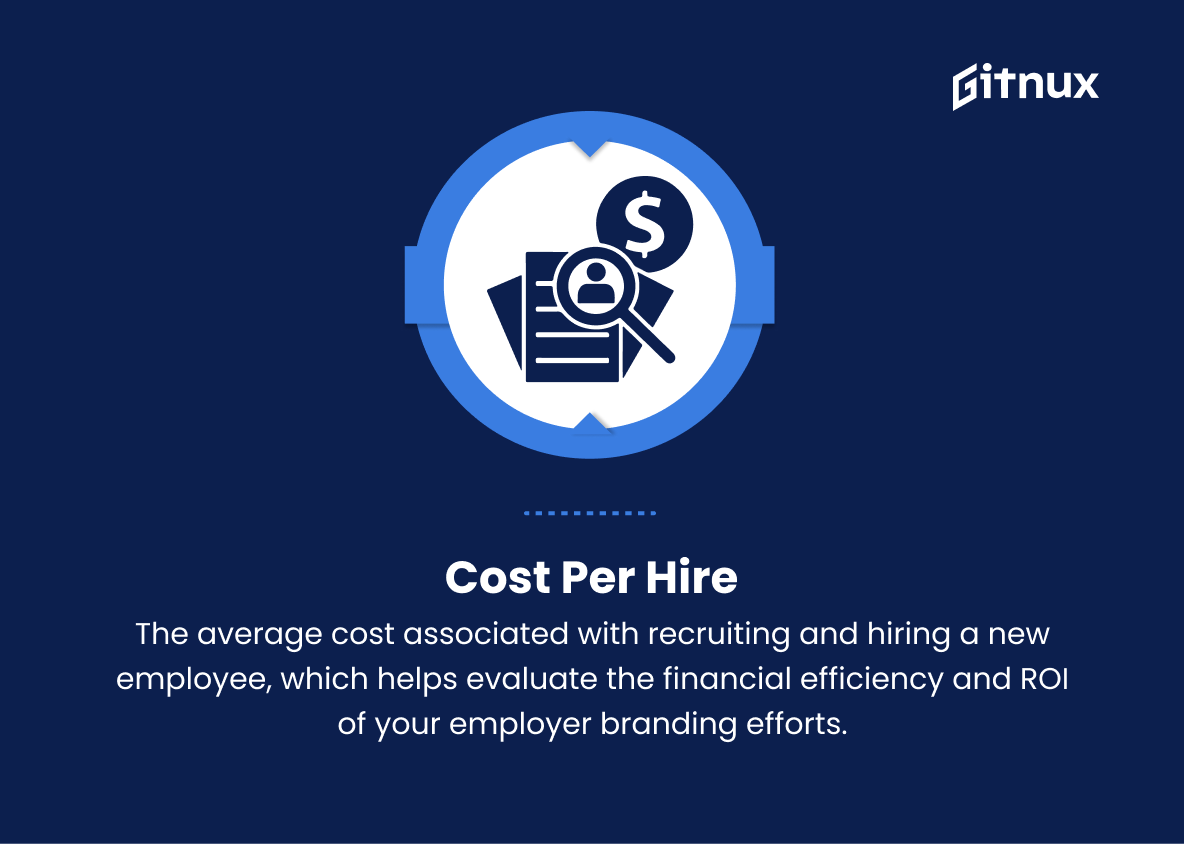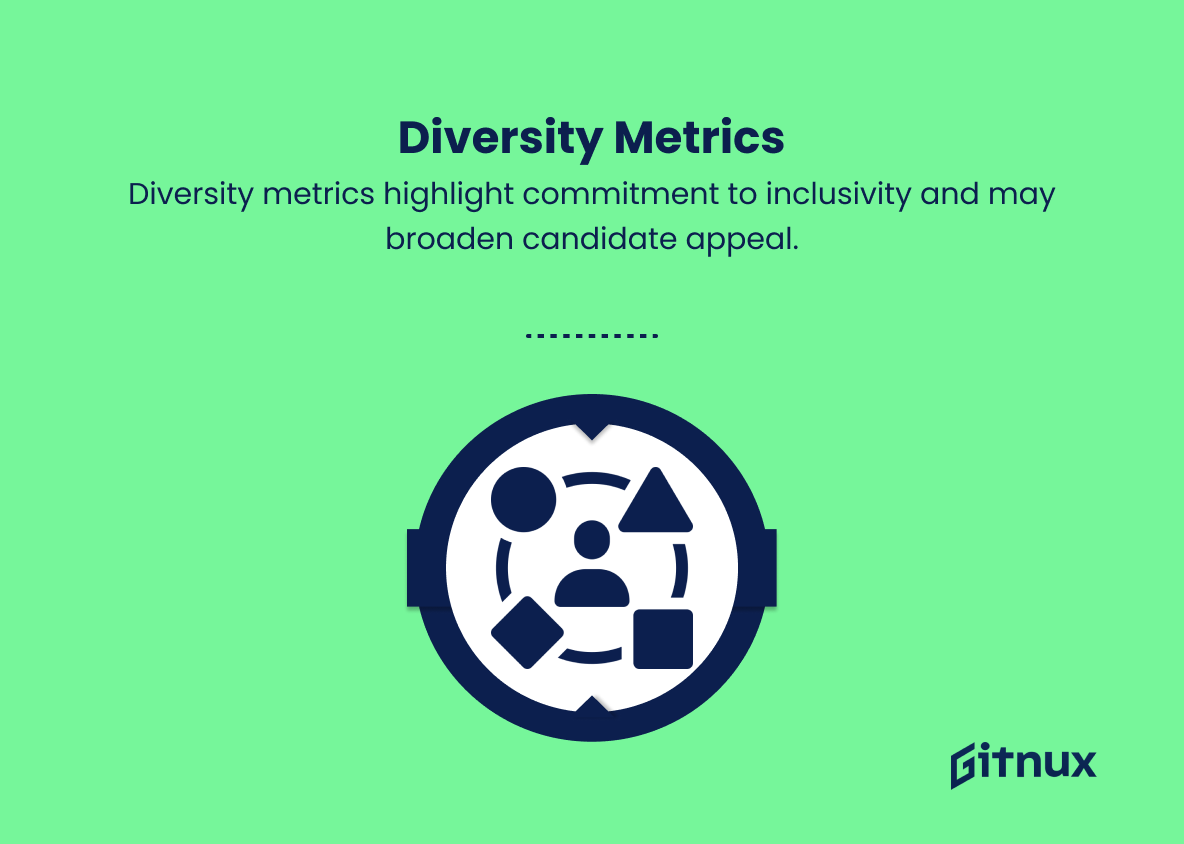In today’s increasingly competitive job market, employer branding has become an essential component for attracting and retaining top talent. Effective employer branding not only helps organizations stand out from the crowd but also plays a crucial role in defining their identity, values, and culture. However, measuring the success of your employer branding efforts can be challenging, as it encompasses various qualitative and quantitative aspects.
In this blog post, we will delve into the various employer branding metrics you should keep an eye on to gauge the effectiveness of your strategies and ensure the continual growth and evolution of your company’s reputation as an employer of choice. Get ready to discover the key indicators that define your employer branding ROI, and learn how to optimize your practices to make data-driven decisions, boost your presence in the market, and ultimately, enhance your ability to attract and retain the best talent.
Employer Branding Metrics You Should Know
1. Application Rate
The number of job applications received per job opening, indicating the attractiveness of job postings and the overall interest of potential candidates.
2. Talent Retention Rate
The percentage of employees staying with the company for a given period, illustrating employee satisfaction and loyalty to the organization.
3. Offer Acceptance Rate
The ratio of job offers accepted to the total job offers made, demonstrating the success of your employer value proposition and recruitment process.
4. Time to Fill
The average number of days taken to fill a job vacancy, reflecting the efficiency of the recruitment process and the attractiveness of the employer brand.
5. Recruitment Source Effectiveness
Analysis of the performance of various recruitment sources (job boards, social media, referrals) in attracting quality candidates, helping to optimize marketing investments.
6. Employee Net Promoter Score (eNPS)
A measure of employees’ willingness to recommend their workplace to others, providing insights into employee satisfaction and advocacy for the company.
7. Social Media Metrics
Analyzing social media engagement, reach, and follower growth related to employer branding campaigns, to evaluate the success and impact of these efforts in promoting the company as an attractive employer.
8. Employer Brand Awareness
The extent to which potential candidates recognize and understand your employer brand values, mission, and culture, affecting their likelihood of considering your organization for future job opportunities.
9. Career Site Metrics
Tracking and analyzing visitor behavior, bounce rate, and conversion rate on your careers portal, to understand user engagement and improve the job application process.
10. Glassdoor Rating
The overall score and reviews on Glassdoor, an influential platform where employees and former employees anonymously review companies and their management, impacting the employer’s reputation.
11. Employee Referral Rate
The proportion of hires coming from employee referrals, indicating the level of employee satisfaction and confidence in the organization.
12. Quality of Hire
A qualitative measure of the effectiveness of your hiring process, combining the performance, engagement, and retention rates of new hires, providing insights into your employer brand’s ability to attract and retain the best talent.
13. Cost per Hire
The average cost associated with recruiting and hiring a new employee, which helps evaluate the financial efficiency and ROI of your employer branding efforts.
14. Diversity Metrics
Measuring the diversity within your organization (i.e., gender, race, age, etc.), showcasing your commitment to promoting equality, inclusivity, and cultural sensitivity, which may attract and appeal to a broader range of candidates.
Employer Branding Metrics Explained
Employer Branding Metrics play a crucial role in evaluating the effectiveness and impact of an organization’s branding efforts in attracting, recruiting, and retaining top talent. These metrics, such as application rate, talent retention rate, offer acceptance rate, and time to fill, provide insights into the attractiveness and efficiency of job postings, employee satisfaction, and overall recruitment process.
They also help in optimizing recruitment sources through careful analysis, promoting the company as a desirable employer through employee net promoter scores, social media metrics, and building employer brand awareness. By closely monitoring career site metrics, Glassdoor ratings, employee referral rates, quality of hire, cost per hire, and diversity metrics, organizations can improve their employer branding strategy to appeal to a wider range of potential candidates, foster employee satisfaction and loyalty, and ultimately, enhance their competitive edge by attracting and retaining top talent.
Conclusion
As we pivot towards a more competitive and dynamic workspace, the importance of a strong employer brand cannot be overstated. By analyzing and monitoring critical employer branding metrics, businesses can optimize their talent acquisition strategies and refine their brand positioning. By doing so, they can successfully foster an environment that attracts top talent, nurtures employees, and fosters loyalty.
In a rapidly evolving labor landscape, an investment in understanding and refining employer branding metrics can make all the difference in not only securing the best candidates but ensuring long-term success for companies and organizations alike.
